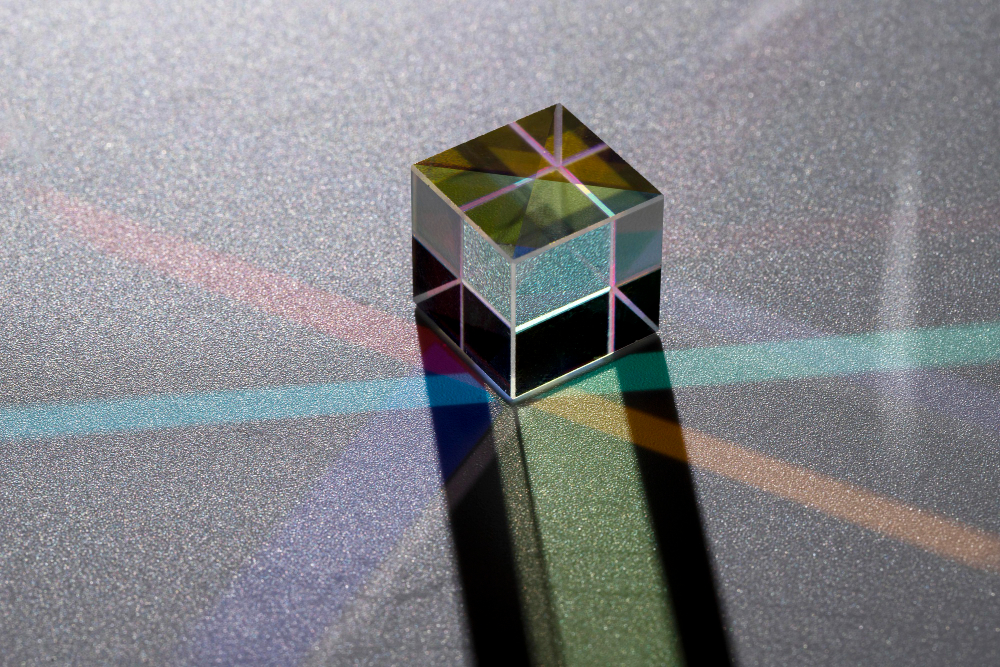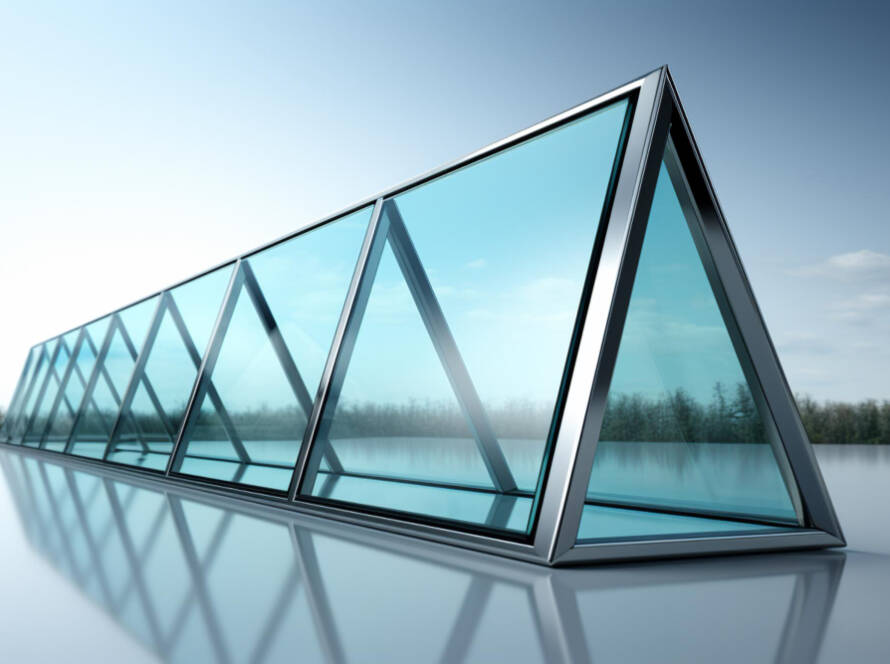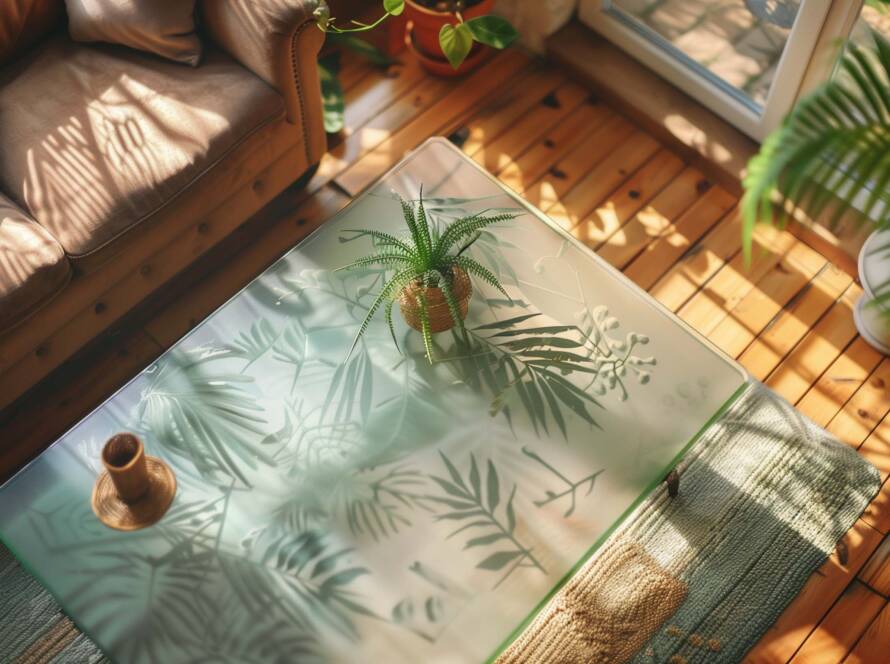1. Introduction

Glass is one of the most versatile and widely used materials in the world. From windows and bottles to intricate art pieces and advanced technology, glass plays a crucial role in various aspects of our daily lives. The process of making glass has evolved significantly over the centuries, combining ancient techniques with modern advancements to produce the high-quality glass products we use today. This blog delves into the fascinating journey of glass-making, exploring its raw materials, production processes, types, and applications.
2. Raw Materials

The primary raw materials used in glass-making are:
- Silica (sand): The main component of glass, providing the silicon dioxide (SiO₂) necessary for glass formation.
- Soda ash: Also known as sodium carbonate (Na₂CO₃), this reduces the melting temperature of silica.
- Limestone: Comprising calcium carbonate (CaCO₃), it stabilizes the silica and soda ash mixture, enhancing the durability of the glass.
Other additives: Depending on the desired properties and color of the glass, various other materials such as iron, cobalt, and manganese are added.
3. The Glass-Making Process
The glass-making process consists of several key steps:
- Batch mixing: The raw materials are carefully weighed and mixed to ensure a consistent composition.
- Melting: The mixed batch is heated in a furnace to around 1700°C (3090°F) to form molten glass. Furnaces can be continuous or pot types.
Fining and homogenization: The molten glass is refined to remove bubbles and homogenized to ensure uniformity in composition and temperature.
4. Forming Processes
The molten glass is shaped into various forms through different forming processes:
- Float glass process: This method is used to create flat glass. The molten glass is floated on a bed of molten tin, forming a uniform thickness and smooth surfaces.
- Blowing and molding: In this traditional method, glassblowers use a blowpipe to shape molten glass into various forms by blowing air into it. Molds can also be used to create specific shapes.
- Pressing: This process involves pressing molten glass into molds to create items like tableware and lenses.
- Drawing: Molten glass is drawn through rollers to form long, continuous sheets or tubes.
5. Annealing
Annealing is a crucial step in glass-making to ensure the glass cools evenly and avoids internal stresses:
- Importance of annealing: Proper annealing prevents the glass from cracking or shattering due to uneven cooling.
- Annealing lehr process: Glass is passed through an annealing lehr, a special furnace that gradually cools the glass to room temperature, relieving internal stresses.
6. Cutting and Finishing
Once the glass has been formed and annealed, it undergoes cutting and finishing processes:
- Cutting techniques: Glass can be cut using diamond-tipped tools, water jets, or lasers to achieve precise shapes and sizes.
- Polishing and grinding: The edges of the cut glass are polished and ground to remove sharp edges and create a smooth finish.
7. Types of Glass
There are various types of glass, each with unique properties and uses:
- Soda-lime glass: The most common type of glass, used for windows, bottles, and jars. It is made from silica, soda ash, and limestone.
- Borosilicate glass: Known for its high resistance to thermal shock, it is used in laboratory glassware and kitchenware (e.g., Pyrex).
- Lead glass: Also known as crystal, it contains lead oxide, making it more refractive and suitable for decorative items and high-quality glassware.
- Specialty glass: This category includes tempered glass (used in automotive and architectural applications for its strength), laminated glass (used in windshields for its safety features), and other advanced glass types with specific properties for niche applications.
8. Environmental Considerations

The glass industry is making strides toward sustainability and environmental responsibility:
- Recycling glass: Glass is 100% recyclable without loss of quality. Recycling glass reduces energy consumption, raw material usage, and landfill waste.
- Energy consumption in glass production: The production process is energy-intensive. Innovations and improvements in furnace technology are helping to reduce energy usage.
- Emission control: Modern glass-making facilities implement measures to control emissions of pollutants and greenhouse gases, adhering to environmental regulations and standards.





